
3 minute read
VIOLIFE ORIGINAL FLAVOUR GRATED
by allmanhall
A classic flavour that complements a variety of recipes.
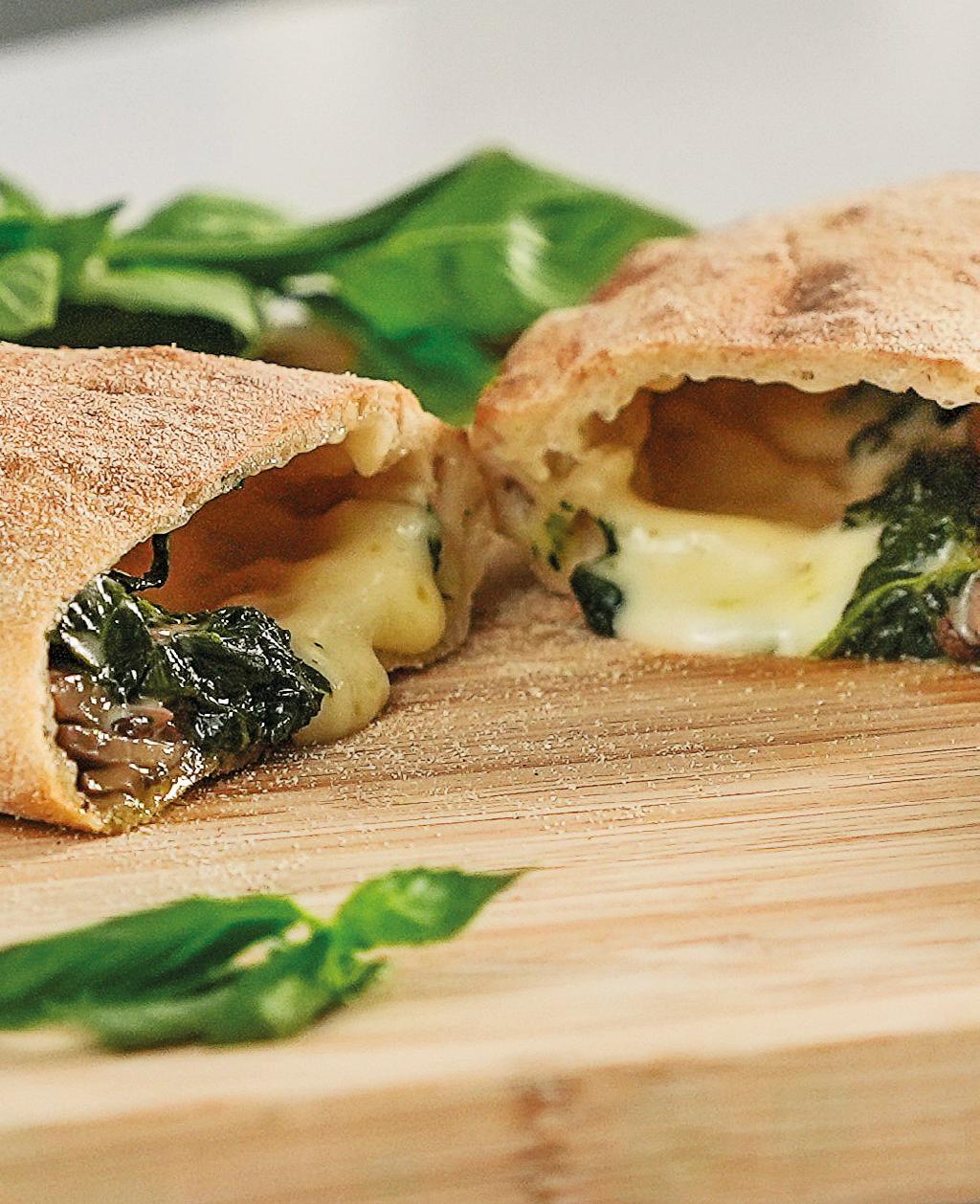
Ideal as a topping on pasta, pizza, lasagne and baked dishes.
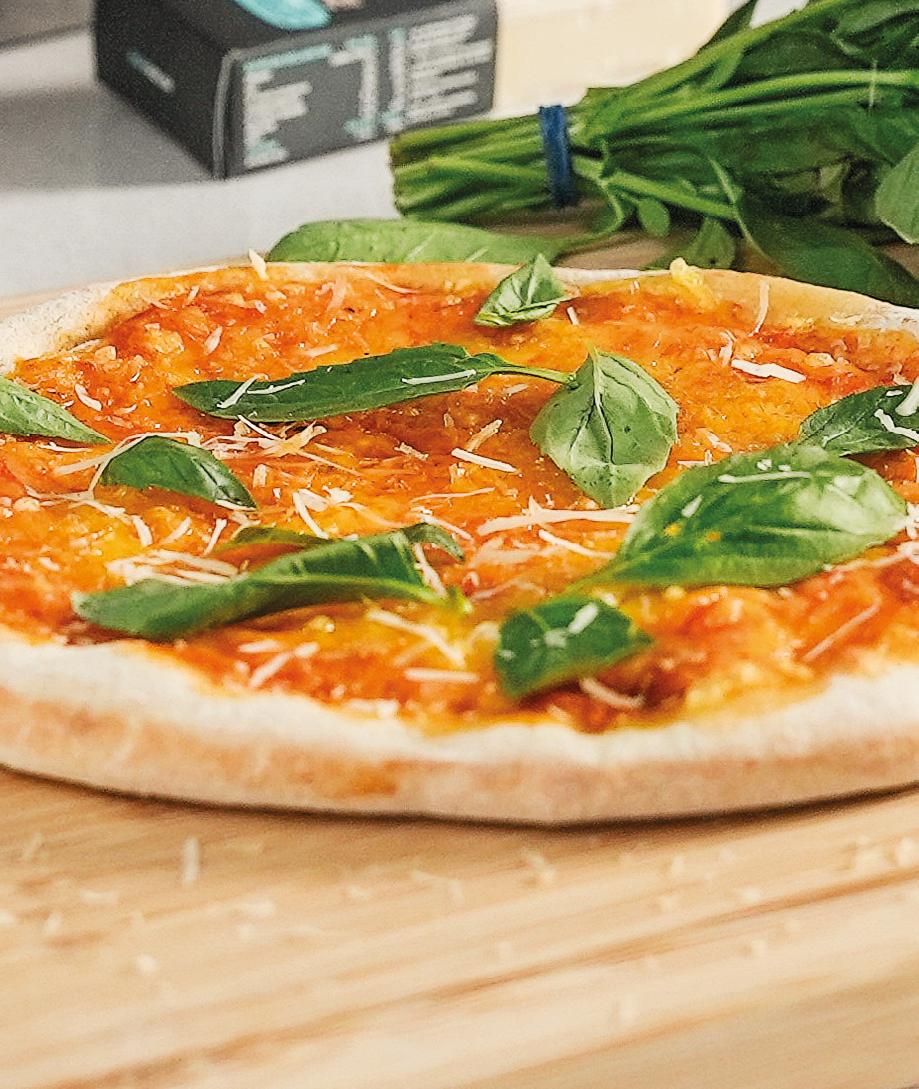
Ingredients:
Water, Coconut Oil (24%), Modified Starch, Starch, Sea Salt, Flavourings, Olive Extract, Colour: B-Carotene, Vitamin B12.
All our products are free from everything. No allergens, no nuts, no GMO, no preservatives, and they’re Halal & Kosher certified. Plus, they are enriched with Vitamin B12.
For inspiration on recipes, scan the QR code.
Interested in understanding the carbon impact of your menus?

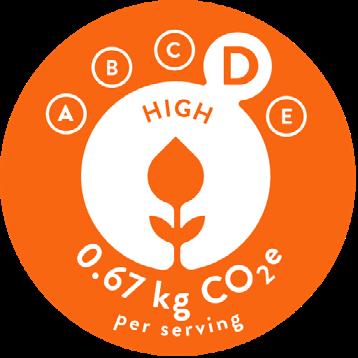
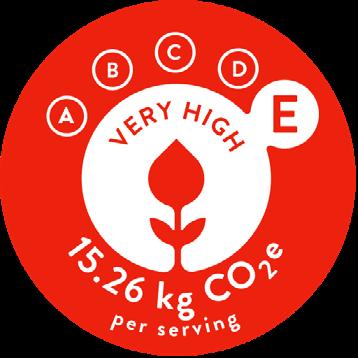
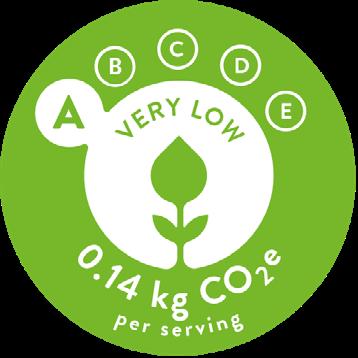
Trial Foodsteps for FREE and do just that...


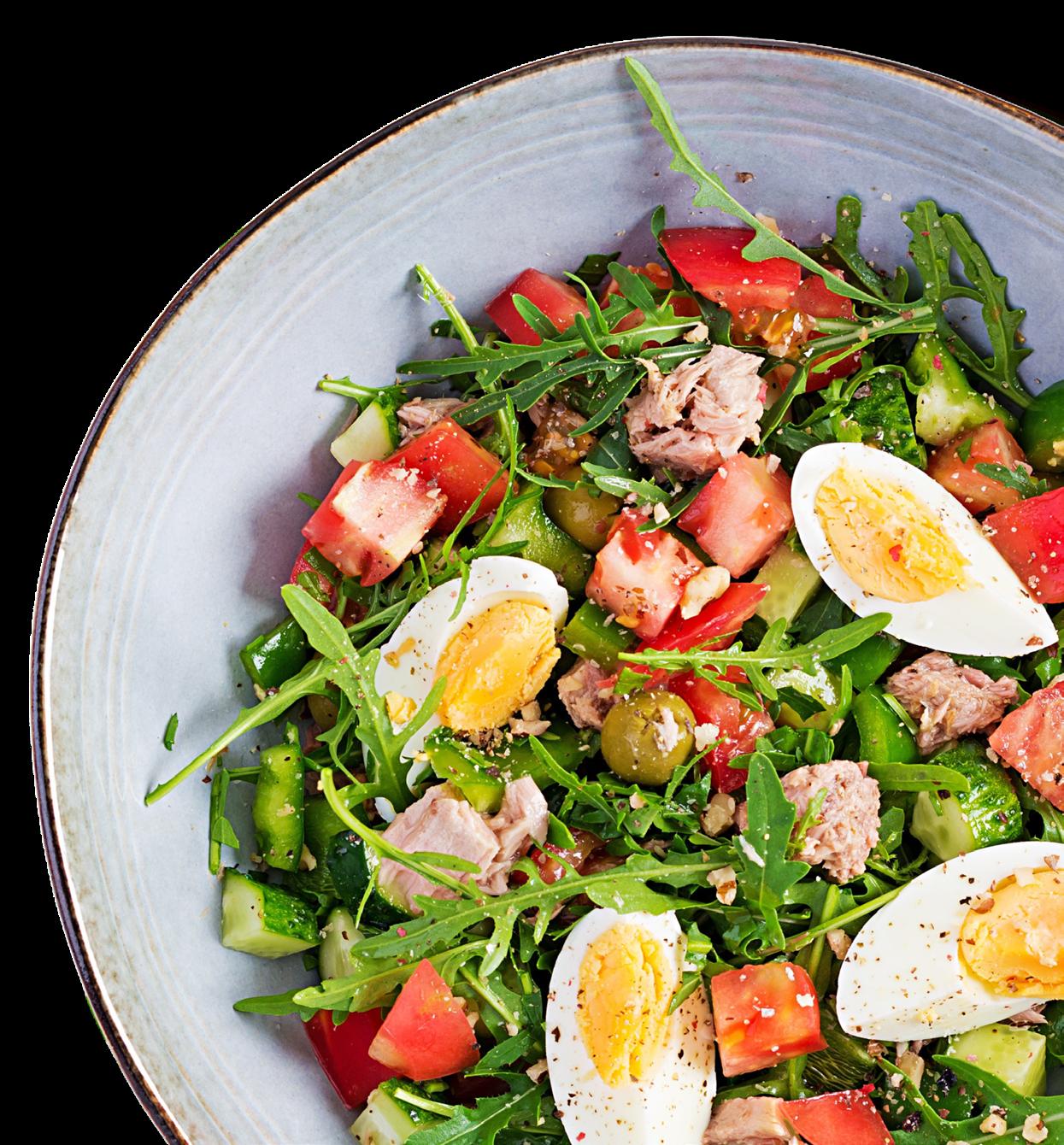
Add up to 5 recipes or food items for FREE and see the carbon impact data, instantly!

Foodsteps is so easy to use and great for communicating and understanding carbon impact assessments of your food. Together, you and your diners can make a difference.
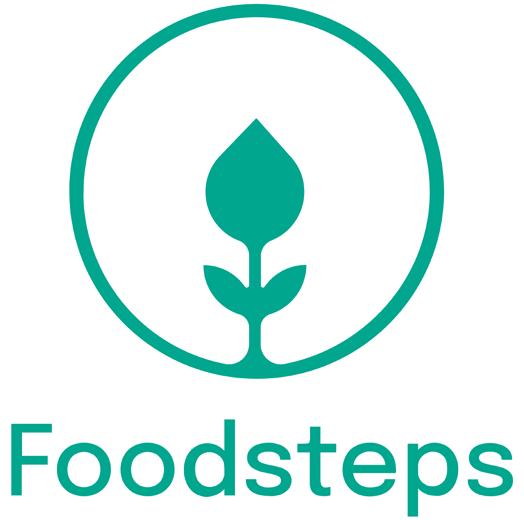

You won’t be able to download the carbon labels under the free trial.
But, if you like what you see, simply ask allmanhall for advice about the best option for you and how to access competitive rates.
Full T&Cs here.
Prices and predictionsfrom potatoes to proteins

For the rest of 2023, what is the outlook for food supply chains? Will we continue to see high food prices?
The team at allmanhall provide some insight and updates, to shed some light on what you can expect, to help you plan and adapt to achieve the best value.
Last month we reported that the 12-month rates of inflation for all individual CPI food categories had risen by over 14.9%. The exception was fruit – that increased by 7.7%.
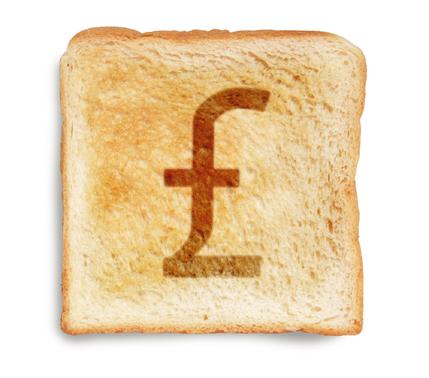
In reverse order, the three highest rising categories were: vegetables (including potatoes) +18%; then in second place milk, cheese & eggs +30.8%. Oils & fats were at 32.1%.
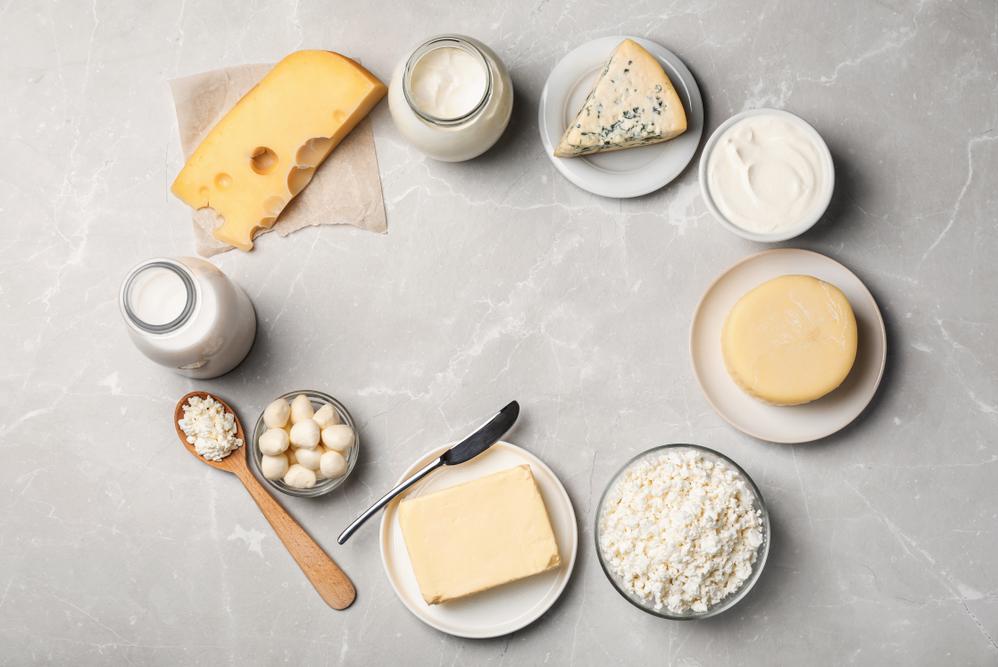
Vegetable oil commodity prices are starting to fall. We would expect to eventually see this flow through to lower product prices for caterers. Spring is a time at which dairy commodity prices begin to soften, leading to an anticipated drop in the average farmgate milk price. For those that can afford lamb, the price of UK old season lamb is lower than a year ago.
Conversely, potato prices are likely to hike up later this year. There are concerns that UK farmers have been restricting crop plantings owing to concerns following February’s record low levels of UK rainfall. Lower UK potato plantings will reduce supply, impacting availability. Which is likely to then drive-up potato prices.
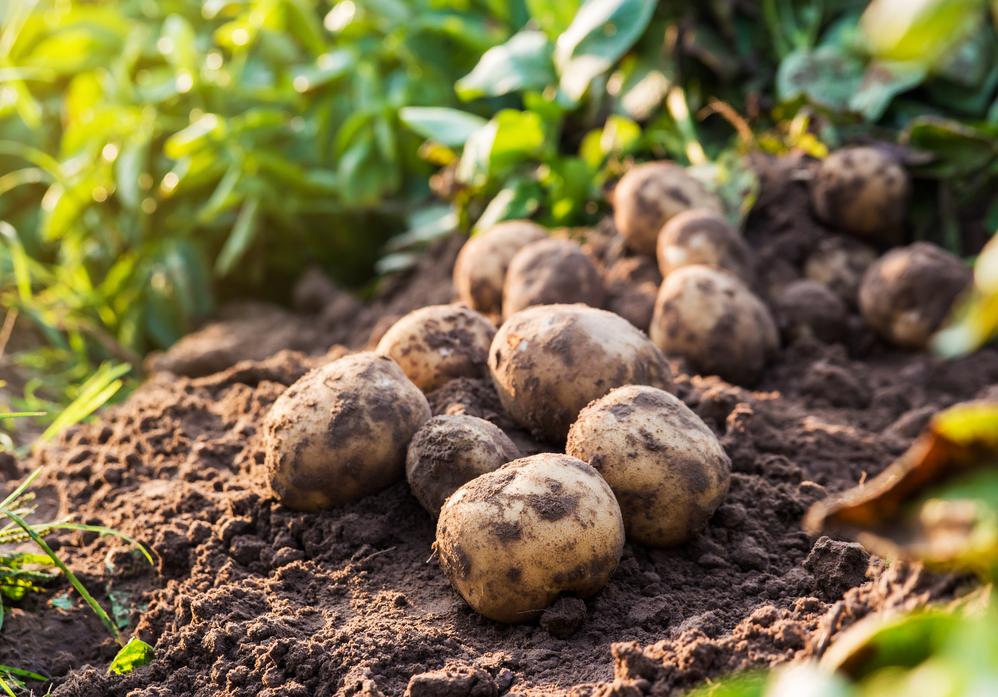
That said, many categories have reached or are close to reaching peak inflation. However, this is not to be confused with cost reductions; really what it means is a slowing of the rate at which prices are increasing.
Despite the ‘rate’ of inflation falling, immediate marketplace inflation continues to be historically high, impacting food prices. While it is likely that we will see the rate of inflation gradually falling over the coming twelve months, in the short run food inflation is anticipated to remain well above the five-year average. The effects of high energy costs and lower global food costs are cascading through the supply chain, and this will keep those food prices stubbornly high for now.
What can you do?
It’s so important to take into consideration the likely future market dynamics. Be cautious about trying to secure long term price holds when commodity market prices are high (as they currently are) and when some are likely to fall. Longer term price fixes are actually more effective when commodity prices are low as the risks associated with overpaying are minimised.
Driving value in your product choices can be done in multiple ways. For example, moving from branded purchases to own label can be highly economical. Particularly if they’re being used in back of house production and where quality standards allow.
One key means of releasing value is by understanding the relative costs of similar product groups and rebalancing purchases to preference of cheaper alternatives. For example, looking at protein at a commodity level, consider the deadweight value of beef vs pork or, especially at the moment, lamb. And non-meat protein alternatives like lentils are even more cost effective. This comparison of the value of protein options is certainly worth considering when planning menus.
Beyond pricing, do make sure you factor in the impacts of cooking on product yield and portion costs for yield loss, shrinkage and consistency.
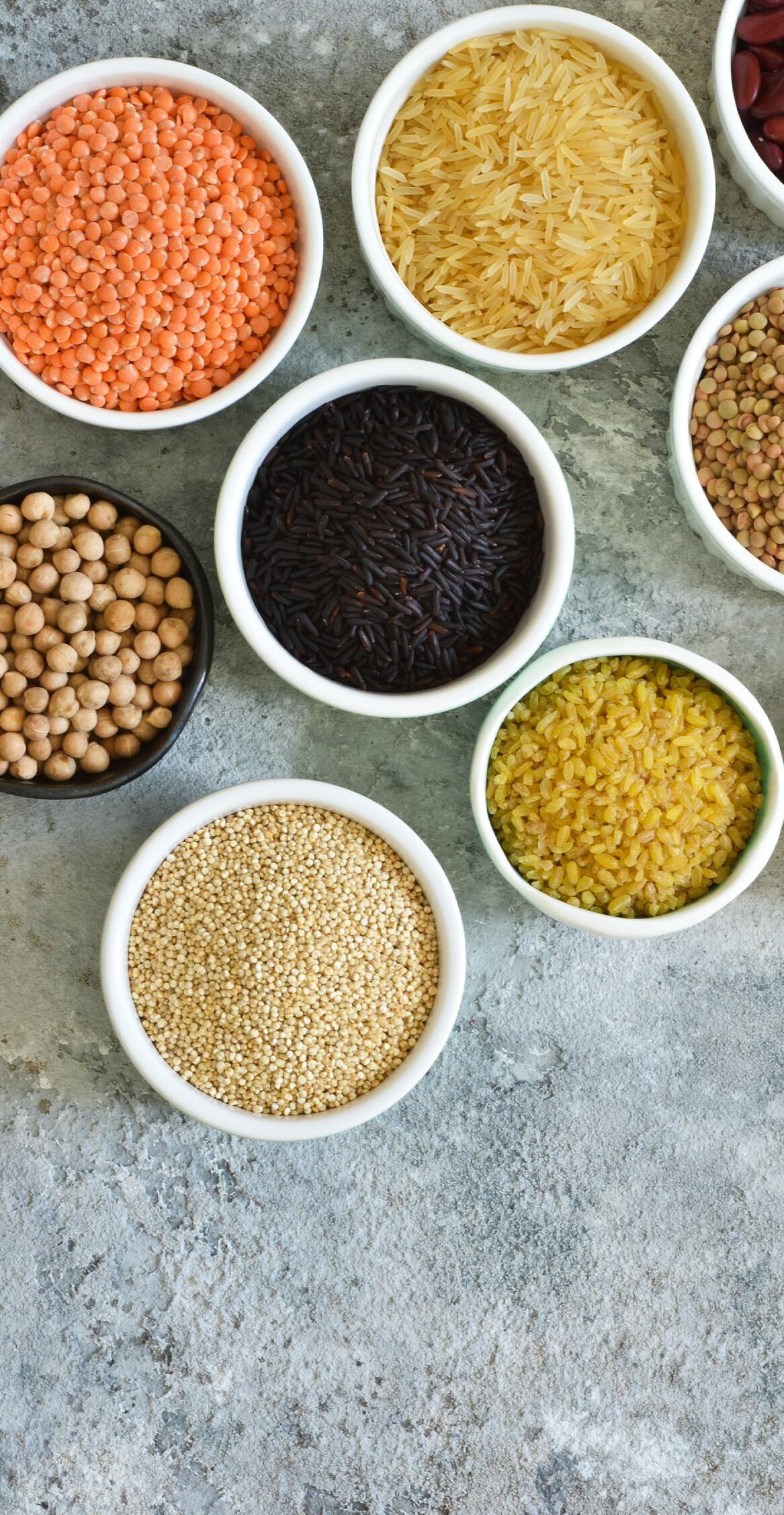
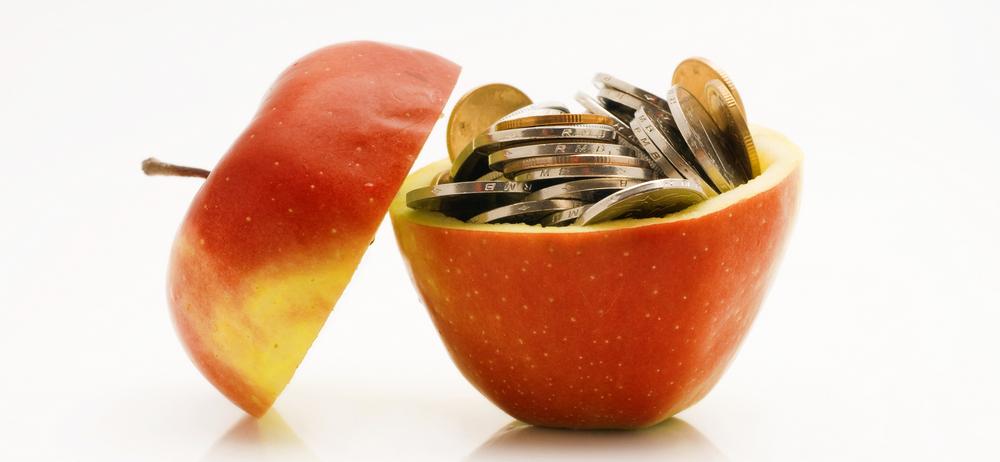
For more on this and a range of topics, visit https://allmanhall.co.uk/blog.
If you’re an allmanhall client, visit The Pass to stay up to date with the status of all supplier price negotiations taking place on your behalf.










